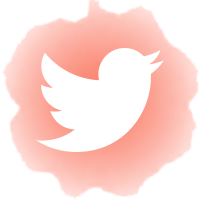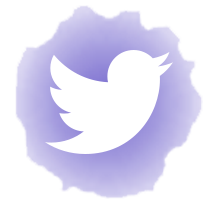Railey Molinario
Productivity Tip:
Create a “Second Brain” 🧠
Ever feel like you have 37 tabs open in your brain as well as your browser? Here’s a way to tackle the problem: create a digital “second brain.”
A second brain is a system for quickly capturing ideas, links, articles, and resources—so you don’t have to keep them open (on-screen or in your mind). This clears digital clutter and eases mental load by avoiding the Zeigarnik Effect—our brain’s tendency to fixate on unfinished tasks, creating low-level stress.
Tools like Notion, Evernote, OneNote, or even Apple Notes work brilliantly for this. You can create simple folders or categories (think: “Inspiration,” “To Read Later,” “Ideas for Projects”) and save those links or thoughts with one click.
Next time you catch yourself keeping a tab open for future reference, pause. Drop it into your second brain instead—and finally close the tab without fear.
Routine Breakdown
Railey Molinario, Founder of Relationship Intelligence™
A Couple’s Morning Routine for Connection, Calm, and Joy

“My husband and I start every day with what we call our ‘Power Couple Morning Routine,’” says Railey Molinario. “It’s designed to align us mentally, physically, and emotionally before the busyness of the day starts.”
The Routine:
- They wake at 4am and cuddle for 10 minutes while expressing gratitude to each other. “This helps us stay emotionally connected.”
- Next, they head to the gym. “We run while listening to motivational videos, do breath work on the stretching mats, meditate, and practice acro yoga together.”
- They enjoy a mindful shower and self-care session with aromatherapy and skincare.
- Breakfast time. “We finish with breakfast and pull a tarot card to reflect on the energy of the day.”
- Railey adds that, during their morning routine, they don’t check emails, texts, or talk about work. “Our focus is on each other and preparing ourselves for the day,” she says.
Why it works:
- Cuddling boosts feel-good hormones like oxytocin, which helps you feel closer, more relaxed, and connected.
- Taking time to express gratitude and do activities together strengthens bonds and boosts relationship satisfaction.
- Even small daily rituals like this can help keep your relationship happy, healthy, and strong.
If you don’t have hours free to spend as a couple, don’t worry: focus on getting in whatever quality moments you can, whether it’s a conversation over your morning coffee or a few minutes of cuddling. It’s about being intentional and giving your relationship the care it needs to flourish.
Check out Railey’s Instagram for more advice on building a strong relationship.
















